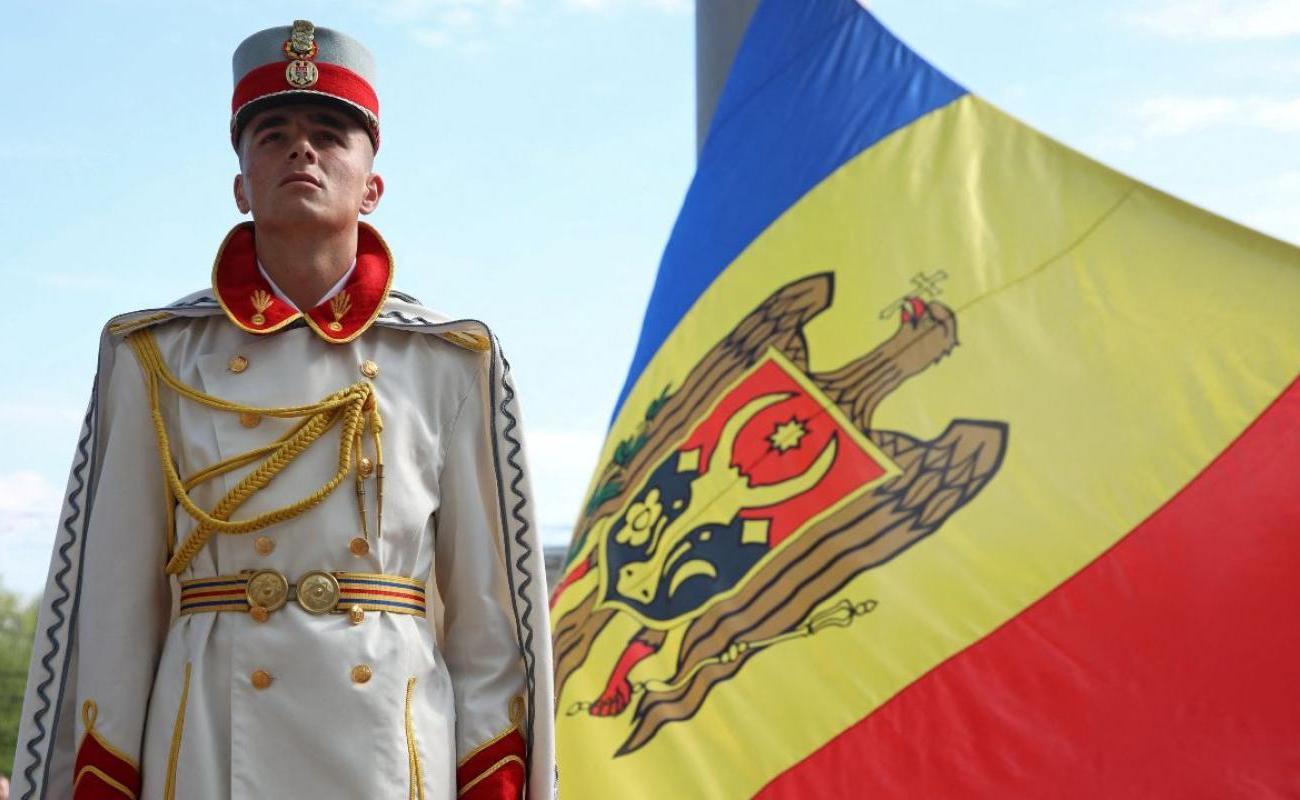Banking: Moldova’s Winning

Russia’s grip on the unrecognized Transnistrian state is weakening. No stunts, please.
Could the Kremlin put 10,000 troops in the separatist-run statelet of Transnistria? The prospect, floated in an interview with the Financial Times by Moldova’s Prime Minister Dorin Recean, would threaten Ukraine’s main port, Odesa, and change the geopolitics of the Black Sea region.
But they would have to get there first. Moldova is all but landlocked, and the only port on its 400m-long coastline, Giurgiulești, works in close cooperation with Ukraine. Even if the Kremlin succeeds in toppling Moldova’s pro-Western government in parliamentary elections in September, it is hard to imagine the authorities in Kyiv tolerating a Russian military reinforcement of a neighbouring country, by sea or by air.
Indeed, Ukraine would like the Moldovan authorities to deal more forcefully with the Kremlin-backed separatist regime that has ruled the left bank of the Dniester (Nistru) river since 1992. Militarily, it would be a pushover. The 14,000-strong forces of the Soviet Union’s 14th Guards Army that helped win the brief civil war in 1992 have shrivelled to around 70-100 officers, with 1,500 locally hired soldiers. No new Russian forces have rotated there for a decade or more.
Tempting though it might be for Moldova to march into the Transnistrian capital, Tiraspol, to disarm the local militia, arrest the mafia bosses, and restore constitutional order, Moldovan politicians find the idea unappealingly risky. They prefer peaceful integration, driven by changing reality.
In Soviet Moldova, the left bank of the Dniester was the rich bit. It was home to heavy industry, notably a big steelworks. The mainly Russian-speaking residents—around 500,000 in 1992—looked down on the rest of Moldova as rural and backward. For many of them, Moldova’s independence as a majority Romanian-speaking country seemed not just artificial but threatening. Separatist and Kremlin propaganda duly depicted Moldova as a proxy for Romanian nationalist bullies with fascist antecedents.
Three decades later, Romania is in the European Union, Moldova is hoping to join by 2030 and Transnistria’s population is down by a third. Around 90% those who remain have Moldovan passports. Many also have Romanian ones (easily obtained if you can prove family roots in Romania’s pre-1940 borders). Most Transnistrian businesses are registered with the authorities in the Moldovan capital, Chişinău (foreign trade is almost impossible otherwise). Around 50,000 people commute daily from Transnistria; almost nobody goes the other way. Life there looks increasingly attractive; pensions, for example, are three times higher. Around half the Transnistrian population sees its future in a European Moldova.
Conversely, ties to Russia are shrinking. Many Transnistrians have family ties to Ukraine. Russia’s invasion has eroded pro-Moscow sentiment. Even the ruling elites are fed up with being bossed about. The Kremlin has “taken Transnistria for granted” says Tatiana Cojocari, a researcher at the Watchdog.MD think tank. A crisis over Russian gas supplies last winter showed that the European Union and Romania were willing to act fast and generously in an emergency. The result underlined the Tiraspol regime’s vulnerability. In return for gas from the West, it agreed to broadcast Moldovan state television, to remove some checkpoints, to release some political prisoners, and to open a Romanian-language high-school. After years when the so-called “frozen conflict” with Transnistria was Moldova’s top national security priority, a bigger headache for the Chişinău authorities is now Gagauzia, a minority-populated region in the south of the country where Kremlin meddling is rife.
Romania’s new president, Nicusor Dan, visits Moldova on June 10, in his first official foreign trip. That will boost to the government there in the run-up to the September elections. But the most decisive factor is elsewhere: the outcome of Russia’s war of attrition with Ukraine.
